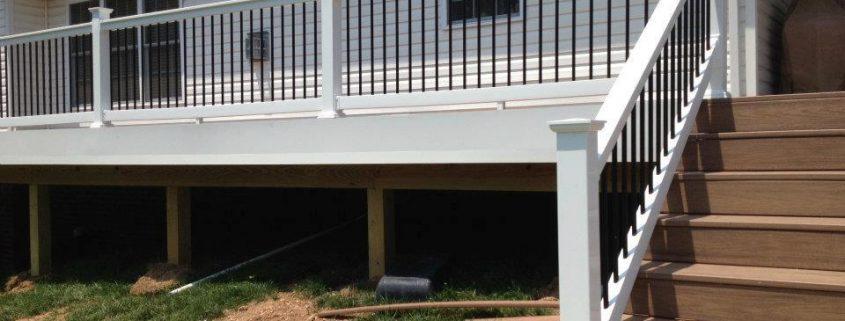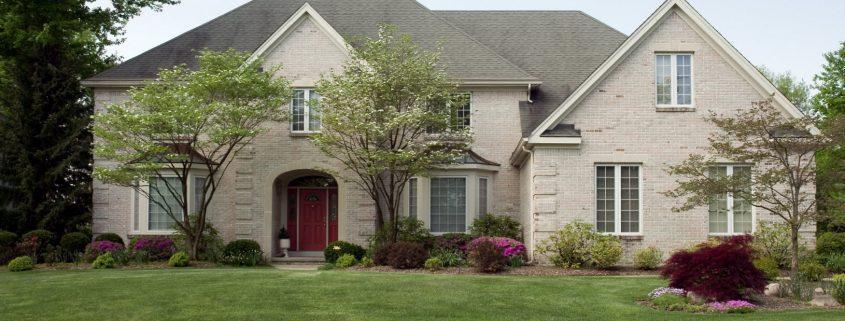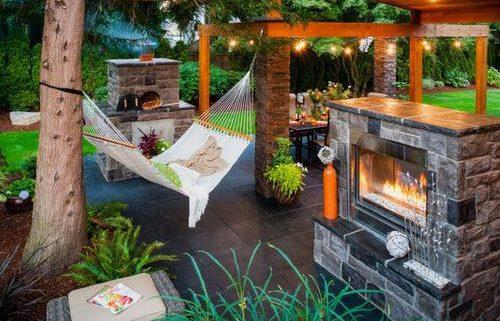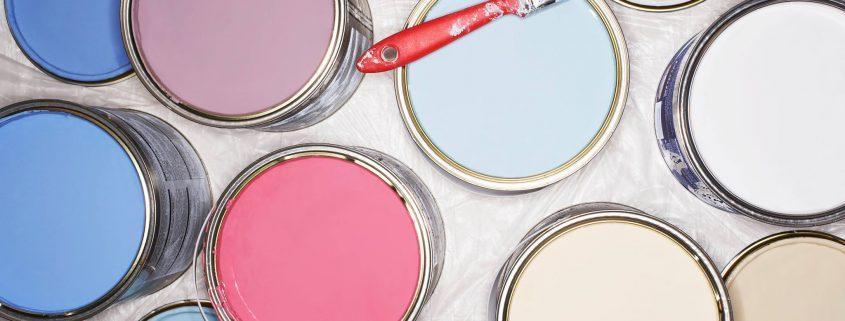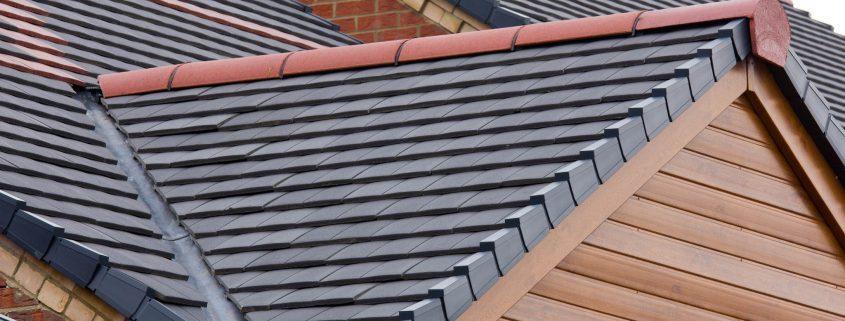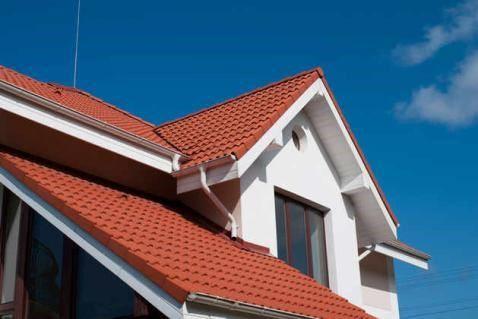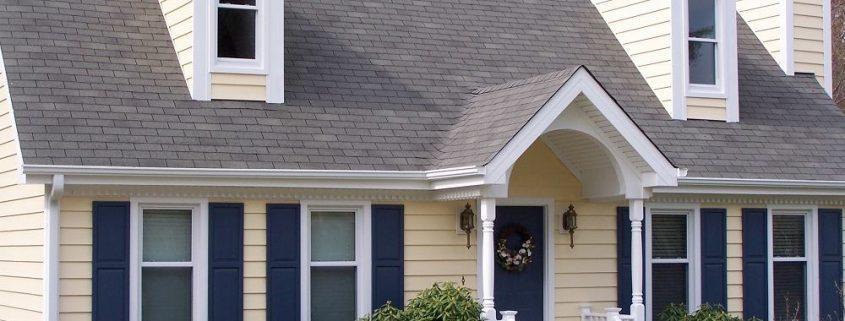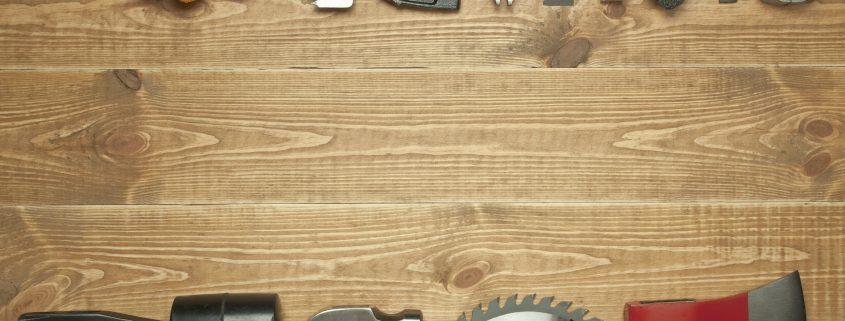Exterior doors, especially main doors, are usually the first thing that someone notices on your house. If you want to add a touch of character to your home, painting the exterior doors is an effective and simple method to change the appearance of your space. For this, it is better to remove the door from the frame and remove the fittings, but you can also do a simpler method that consists of covering the hardware with adhesive tape and painting the door without moving it from its place.
- Sanding and cleaning the door
Gather the materials. Before painting the door, you will have to clean it, sand it and apply a primer, for which you will need some tools. In addition to painting and priming, you will have to gather the following:
- 220 grit sandpaper
- screwdriver
- putty or sealer
- solvents, such as acetone or mineral spirits (for metal doors)
- sponges or rags
- painter’s tape
- paint tray
- paint stirrers
- small sponge roller with handle
- small or medium brush
Remove the door from the hinges. Insert a flat screwdriver between the hinge and bolt blades. Tilt the screwdriver at a 45-degree angle and hit the back of the handle with a hammer. When doing so, the bolt will come out of the hinge blades. Finish removing it and repeat the same process with the other hinge.
- Ask someone else to hold the door while you remove the hinges.
- Once the door is loose, place it horizontally on a bench or a pair of easels.
- You can leave the door in the frame, but this will make the painting process more complicated.
Remove the fittings. Use a screwdriver to remove the fittings from the door you are going to remove. Among these are the handles, latches, hinges, mail box, latches and lock mechanisms. You have to be careful not to damage the fittings.
- You may need a Philips screwdriver or a common flat screwdriver to remove the fittings.
Clean a metal door. To make the surface as clean as possible, apply acetone or mineral spirits to remove dirt, grime and old paint residue. Soak a rag with acetone or mineral spirits and rub the surface of the door.
- This step is not necessary if you are going to paint a wooden door.
Prepare the door. In order to create a surface where the paint can adhere, it is important use sandpaper on the surface of the door. This will also get rid of dirt and debris from the surface. Go over the entire door with 220 grit sandpaper and make sure you work the corners and nooks.
If you are going to paint a metal door, wait until all the aromas of the solvent disappear before starting to sand.
Clean the door. Before painting your door, you must clean it to get rid of dirt and dust. Use a brush and vacuum the corners and recesses of the door.
- Use a slightly damp cloth and clean the surface of the door to get rid of any remaining dust that remains after vacuuming.
- Leave the door aside to dry for about an hour.
- If you clean a metal door with a solvent, wash it with a solution of water and a few drops of dish soap. Then rinse it and let it dry before continuing.
Use tape and paper to cover the fittings and windows. You must protect the parts that cannot be removed, as in the case of windows. Cover windows or other items with newspapers and attach them with painter’s tape.
Make sure the tape or paper covers each surface you do not want to paint.
If you leave the door in the frame, cover the adjacent walls, the frame and the hinges.
- Paint and apply primer
You will need a special exterior paint, since an exterior door is exposed to different elements of nature than an interior door. The best option is an acrylic or water-based latex paint, or an oily alkyd based paint.
- Water-based paints tend to dry faster than those that are oil based, but the latter have better protection for the surface under the paint.
- If your door currently has a water-based paint, you will have to apply another layer of the same type of paint. But if you have an oil-based painted door, you can use either of the two options.
- Make sure that the paint you choose is formulated for exterior surfaces.
Before painting the door, you will have to apply a layer of primer, which will help the paint to adhere more easily to the surface and have better coverage. You can use an oil-based primer for oil-based or water-based paint, but if you apply a water-based primer you can only use a water-based paint.
The color of the primer should be neutral or a shade lighter than the color you are going to paint the door.
Choose the right day to paint. Ideally, the temperature should exceed 50° C (10˚ C). Also, if you’re going to paint outdoors, choose a day when the sunlight does not fall directly on the door. You will have to make sure that there is no rain, wind or too much humidity.
If it is very cold while you paint, the paint will not dry. If there is too much sun or too much wind, the paint can dry too quickly, while moisture can prevent it from drying properly.
Apply primer to the door. Open the can of primer and mix the contents with a paint stirrer. Pour some of the product into the paint tray. Use a brush to paint the moldings and details that surround the split panels. Then use the roller to paint each panel. Continue until all the panels are covered. With the roller, finish painting the rest of the door; the upper part, the sides and the lower part.
- If the door is only a flat sheet of wood or metal, use the roller to paint the entire surface.
- Once the primer dries well on one side, flip the door over and paint the other one.
Paint the door. Fill a clean paint tray with the paint of your choice. Use a brush to paint the moldings first and then the roller to paint the larger panels. Once all the sections and panels are painted, finish painting the rest of the surfaces.
Let the paint dry before turning the door over to paint the other side.
Apply a second layer if necessary. If you must paint a second layer, check the instructions for use of the product to know the drying time. Water-based paints are usually dry in a couple of hours, while oil based can take up to 12 hours.
- Finishing up and rehanging the door
Remove the tape. As soon as you finish applying the last layer, remove the painter’s tape that protects the window and other adjacent surfaces. Pull the tape towards you at a 45-degree angle to take it off.
- It is important to remove the tape before the paint dries. Otherwise, it could be dried on the tape and peel off when removing the adhesive.
Allow the paint to dry completely. Before replacing the fittings and installing the door in the frame, it is important that the paint is completely dry. Otherwise, the surface could be dented, stained or peeled.
- Check the instructions for use of the paint to know the specific drying time. For most paints, you must wait around two days before reinstalling the door.
- Generally, when the paint no longer feels damp to the touch, it means that you can now put the door in place.
Reinstall the fittings. Once the paint dries, replace the hardware before installing the door in the frame. The hardware is the handles, the knocker, the mail box and any other element stuck to the door before starting.
Reinstall the door. As soon as you replace the hinges on the door, you can install it in the frame. Align the hinges to the corresponding place in the frame. Insert the bolts into the hinges and tap them with a hammer or the handle of a screwdriver to secure them.
It’s easier if someone helps you. One person can hold the door while the other puts in the bolts.
Tips
While you paint the door and wait for it to dry, you can use a back door or a piece of plywood to replace it to keep the bugs and elements of nature out of the house.
To paint a door without removing it from the frame, clean it and prepare it one day, apply the primer the next morning and allow it to dry to dry the door at night. Finally, apply the paint the next morning.
If you are going to paint the door without removing it from the frame, do not close it until the primer or paint is completely dry (check the instructions for use to know the exact drying time). The paint may take between 4 and 8 hours to dry enough to close the door.


